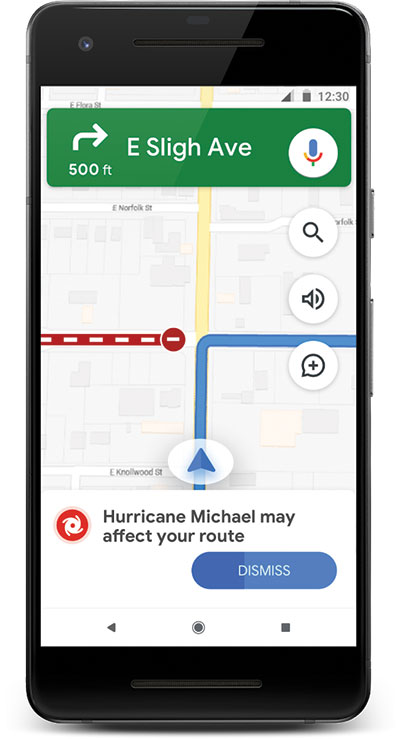Planning August/September 2019
Et Cetera
Now Streaming: The Age of Stupid

Courtesy The Age Of Stupid.
The time: 2055. The place: the global data archive, housed in a secure Arctic facility.
The situation: global environmental and economic devastation on multiple fronts.
Here, secure from a world in crisis and aflame, the archivist — played by Oscar-winner Pete Postlethwaite — ponders how we got this way. How could humanity drive the planet headlong into ecological collapse, when the signs where all around us and the solutions within reach?
The Age of Stupid, available now on Amazon Prime, provides a refreshing break from the typical documentary fare. And from the vantage point of 2055, the news footage is transformed into the stuff of artful reflection. As the archivist rolls back the tape, we see our problems in a new light — along with hints of potential solutions.
While the film celebrates its 10th anniversary this year, it remains distressingly current, and its fundamental analysis still rings true: These are social and economic problems of coordination and collective action, not technical ones requiring innovation or invention. If they are to be solved, it will be through the work of planners, policy makers, and communities working together to listen to the science we already know and implement the solutions we've already discovered.
— Ezra Haber Glenn, AICP
Glenn, Planning's regular film reviewer, teaches at MIT's Department of Urban Studies & Planning. He writes on cities and film. Read more at Urban Film.
Games: Harry Potter: Wizards Unite
The newest release in placed-based augmented reality comes from Niantic, the gamemakers behind Pokemon Go. Like its predecessor, Wizards Unite dispatches users throughout their cities to complete quests, befriend (and battle) other users, and virtually collect objects (magical items gone missing, in this case). Local landmarks are incorporated into gameplay along the way. Download the game.
Research: Gentrification Patterns

In Shifting Neighborhoods, the National Community Reinvestment Coalition has identified more than 1,000 neighborhoods in 935 cities and towns where gentrification — and corresponding displacement — occurred between 2000 and 2013. In larger cities, like New York or Chicago, gentrification was "spread out in different neighborhood clusters," while in smaller cities like Baltimore, "gentrification was concentrated near downtown business districts." The study also offers an interactive map and takes a localized look at Philadelphia; Portland, Oregon; Richmond, Virginia; and Washington, D.C., the "district of gentrification." Track the changes in your city's demographics.
— Jim Sweeney
Sweeney writes about architecture, art, design, and science from Rockville, Maryland.
Tech: Google SOS Alerts

Courtesy Google.
"The Waffle House Index" continues to be a surprisingly accurate tool to assess natural disasters: If your local franchise is closed, Mother Nature is brewing something serious. Rumor has it that even the Federal Emergency Management Agency leans on it to gauge the severity of weather events.
Google is ready to tech that index up a notch with a new mobile and web update to SOS Alerts, a Google Search and Maps feature released in 2017 that provides crisis information like emergency phone numbers. This summer, the update will add visual storm trajectories, flood forecasts, and earthquake shakemaps, along with suggested detours for accessible routes to safety and ways to mark yourself safe.
As major weather events continue to grow in both size and frequency, so will the demand for this type of accurate, real-time alerting. Learn more.
— Kate Calabra
Calabra is a partnership development associate at City Tech Collaborative in Chicago.
Et Cetera is a curated collection of planning odds and ends. Please send information to Lindsay R. Nieman, Planning's associate editor, at lnieman@planning.org.


